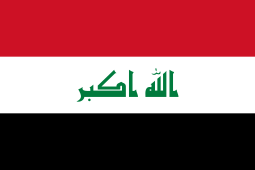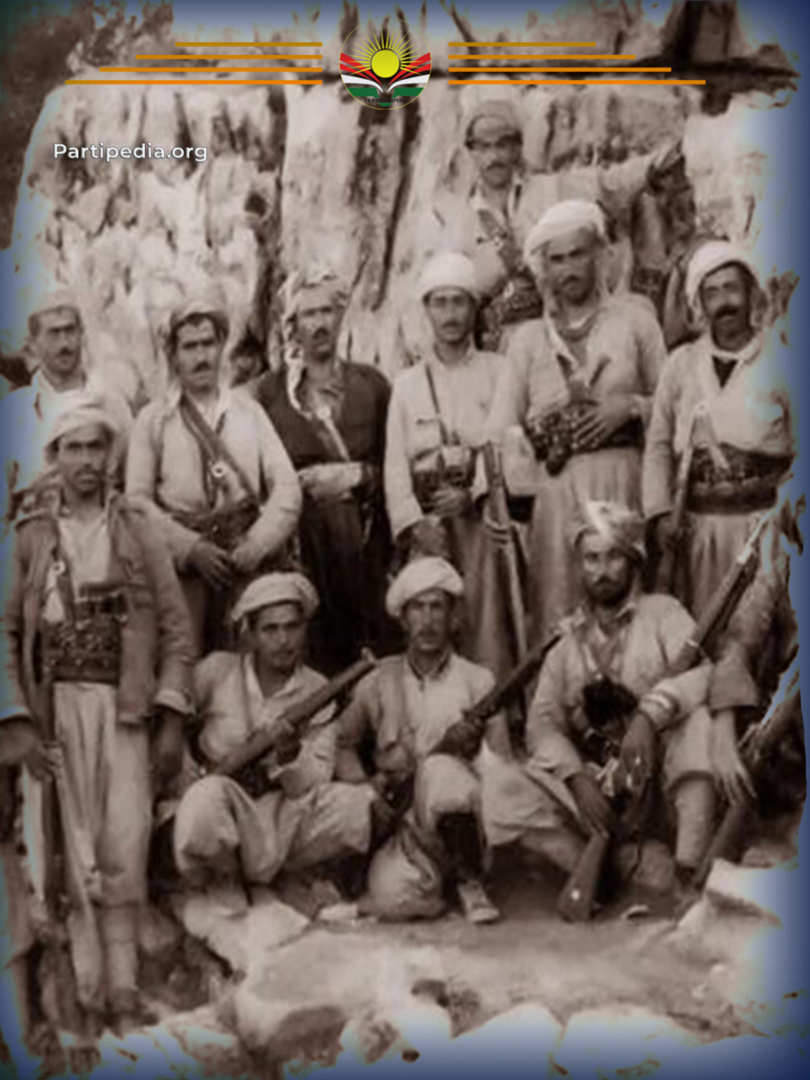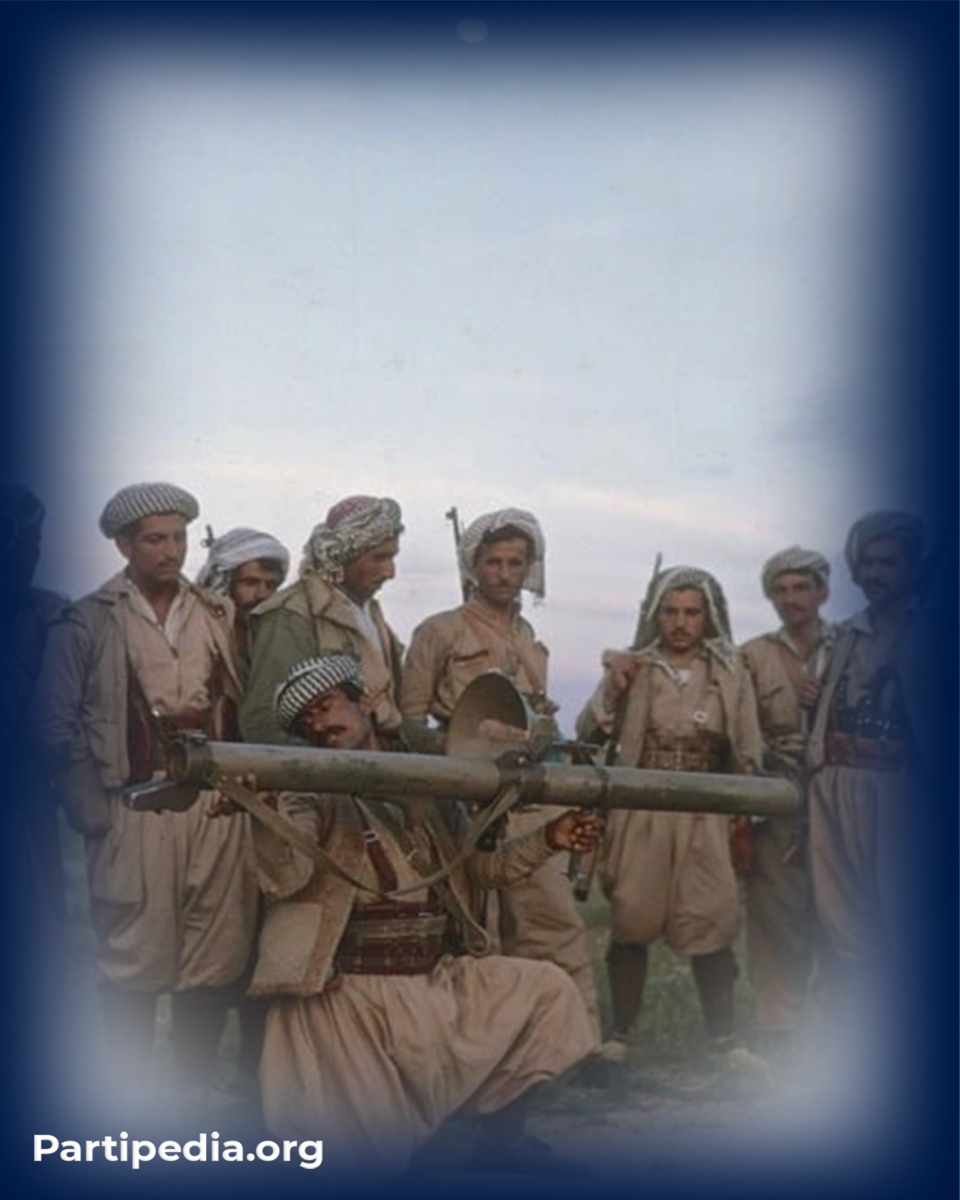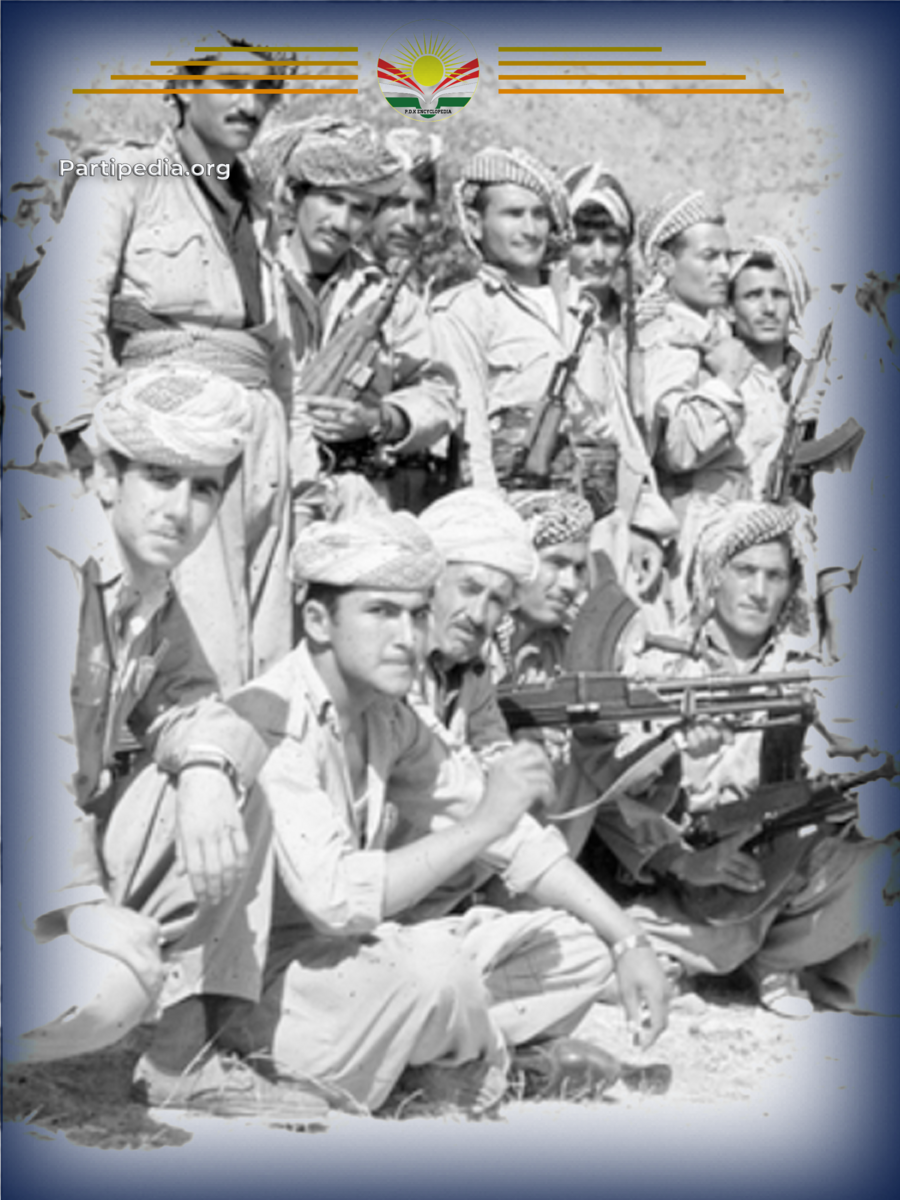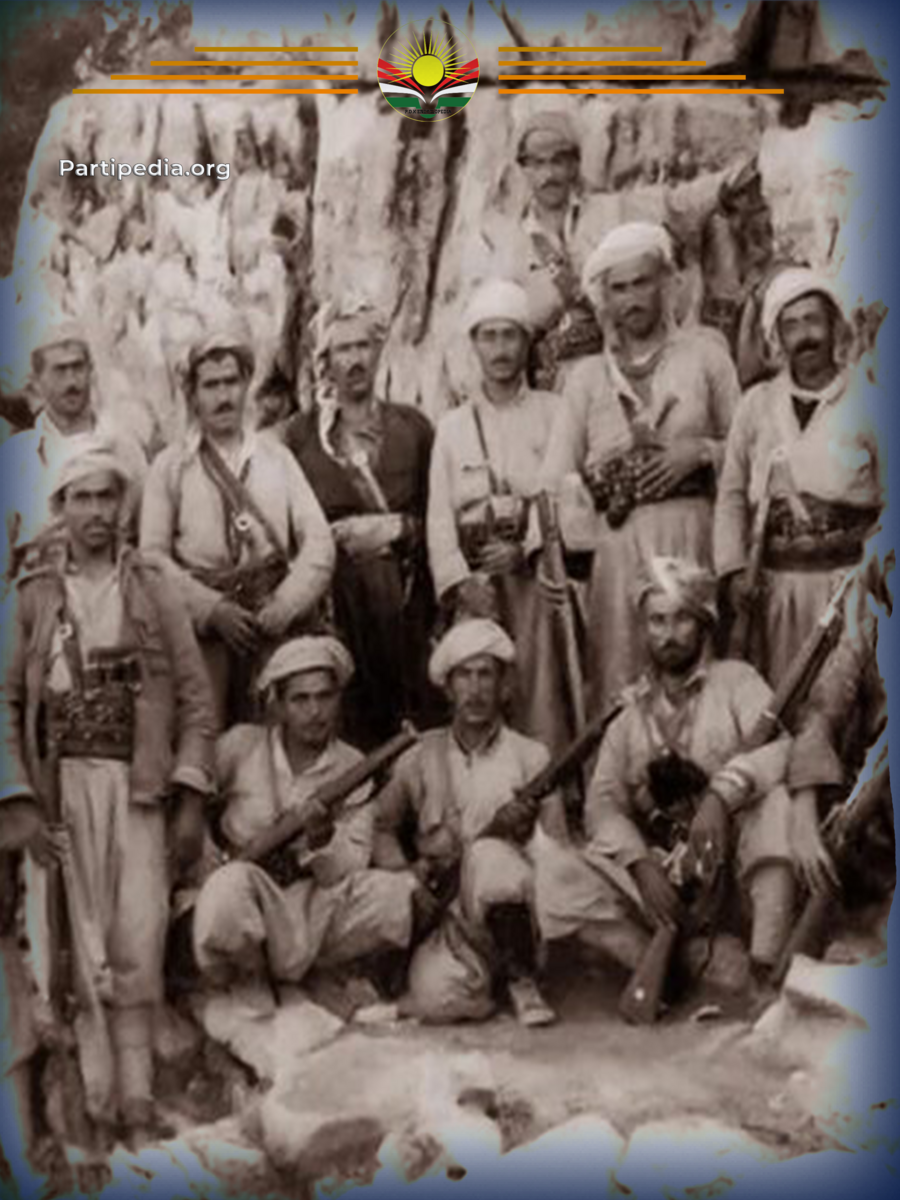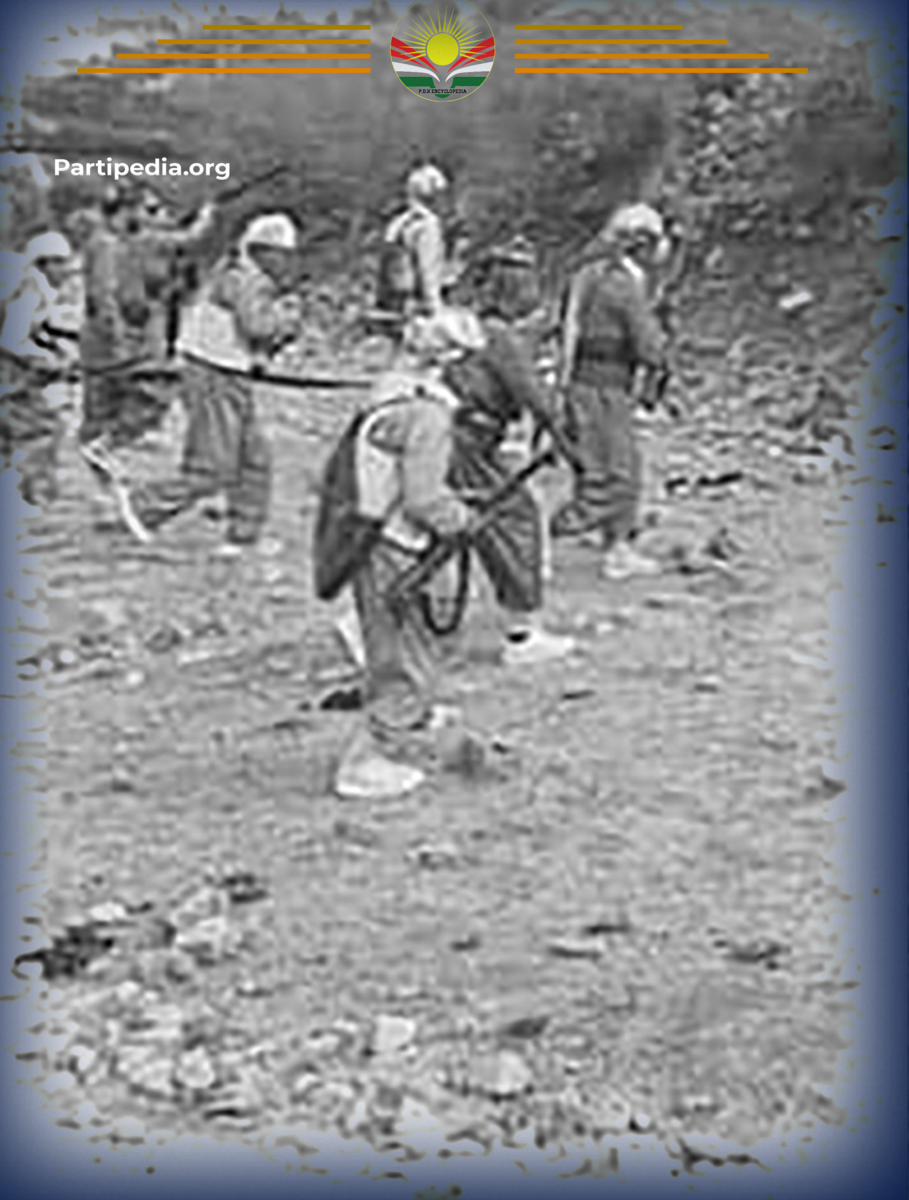After four years of ceasefire under the shadow of the March 11, 1970 agreement between the leadership of the September Revolution and the Ba'ath government, but in April 1974 the negotiations reached a stalemate. Ba'ath reneged on its promises and resumed its attacks on Kurdistan, having signed a treaty of friendship and cooperation with the Soviet Union in April 1972. Meanwhile, he armed his forces with the most advanced weapons he had acquired from the Soviet Union, such as TU22 aircraft and Mig, as well as 25 120mm and 152mm cannons, Sam missiles and T62 tanks. In addition, the nationalization of oil in 1972, along with the military, the economy revived, and the air of destroying the Kurdish revolution moved in its heart.
When the Iraqi army attacked Kurdistan, the Safin force was ordered to defend Mount Safin. To prevent the army from advancing from that position, although some army barracks existed on the mountain before the battle began. However, the commander of the Erbil plain force ordered a battalion of his force to strengthen the line of defense of Mount Safin, commanded by Sayed Kaka and two branches of the battalion, headed by Mam Hamademin and Arif Abu Zeid. The Peshmerga forces went to the mountains with a 107mm cannon and a machine gun. They attacked one of the army position three times. However, they were unsuccessful due to air strikes, army shelling, snow and cold that still remained in some parts of the mountain.
After the deployment of the Peshmerga battalion, Fares Bawa, the commander of the Erbil plain (Dashti Hawler) forces, realized that he was not capable of facing the Iraqi army's tanks and armored vehicles in the semi-plains. He decided to move his entire force to Mount Safin, as he had information that the government intended to capture the mountain.
In June 1974, the Iraqi army launched an intensive offensive on Mount Safin. A branch of Peshmerga forces under the command of Faris Bawa sent to Awagird Mountain. The battalion of Sayed Kaka was responsible for guarding the line of defense of Kani Smaili behind Hiran district. After several days of attacks by the army and Peshmerga forces defense, Safin forces were defeated and the mountain was captured. With the breaking of the arm of the defensive line the government intensified its offense on Awagird Mountain, the Naif Bawa branch lost 14 martyrs and 20 wounded. However, they were in a strong defense. After the capture of Mount Safin, the Peshmerga forces withdrew to the village of Kuna Flusa behind Mount Hawre. In another report, the Peshmerga forces withdrew from the villages of Suse, Smaquli, Gritk and Smaquli stream (Gali) of Banabawi Mountain. They had been fighting for more than a month. From Mount Didawan to Mount Safin, which is more than 50 km away, there were bloody battles in stages, the casualties were high. The Peshmerga was very tired and had weak defense capabilities. The government air force bombed the Peshmerga positions daily, so the decision was made to withdraw.
After the Peshmerga forces withdrew to Mount Hawre, the Iraqi army continued to attack and advance to occupy the area, fighting resumed near the mountain. Initially, some of the forces, who were discouraged by the first retreat, left their positions again. However, a Peshmerga force under the command of Sayed Kaka cut off the advance of the Iraqi army and caused heavy damage. So, Mount Hawre remained in the hands of the Peshmerga until the end of the revolution in 1975.
Sources:
١- عومەر عوسمان، ژیانى کوردێک، بەرگى یەکەم و دووەم، چاپخانەى موکریان، چاپى دووەم، هەولێر- ٢٠٠٨.
٢- مسعود بارزانی، بارزانی و بزوتنەوەى ڕزگاریخوازی کورد، بەرگی سێیەم، بەشی دووەم، شۆڕسی ئەیلوول ١٩٦١-١٩٧٥، چاپى یەکەم – هەولێر، ٢٠٠٤.
٣- سەید کاکە، بیرەوەرى پێشمەرگەیەک، چلپخانەى وەزارەتى ڕۆشنبیرى، چاپى یەکەم، هەولێر- ١٩٩٧.
٤- سهنگهر ئيبراهيم خۆشناو، ڕووداوه سهربازيهكانى شۆڕشى ئهيلوول ١٩٧٠-١٩٧٥، چاپى يهكهم، ههولێر، ٢٠٢٢.
٥- خوڕشید شێرە، خەبات و خوێن، بیرەوەریەکانى ساڵانى پێشمەرگایەتى، چاپخانەى حاجى هاشم، چاپى سێیەم، هەولێر – ٢٠١٥.
٦- کاروان جوهر محمد، ئیدریس بارزانى ١٩٤٤- ١٩٨٧ ژیان و ڕۆلى سیاسیى و سەربازى لە بزوتنەوەى ڕزگاریخوازى کورددا، چاپخانەى هێڤی، هەولێر - ٢٠١٩.

